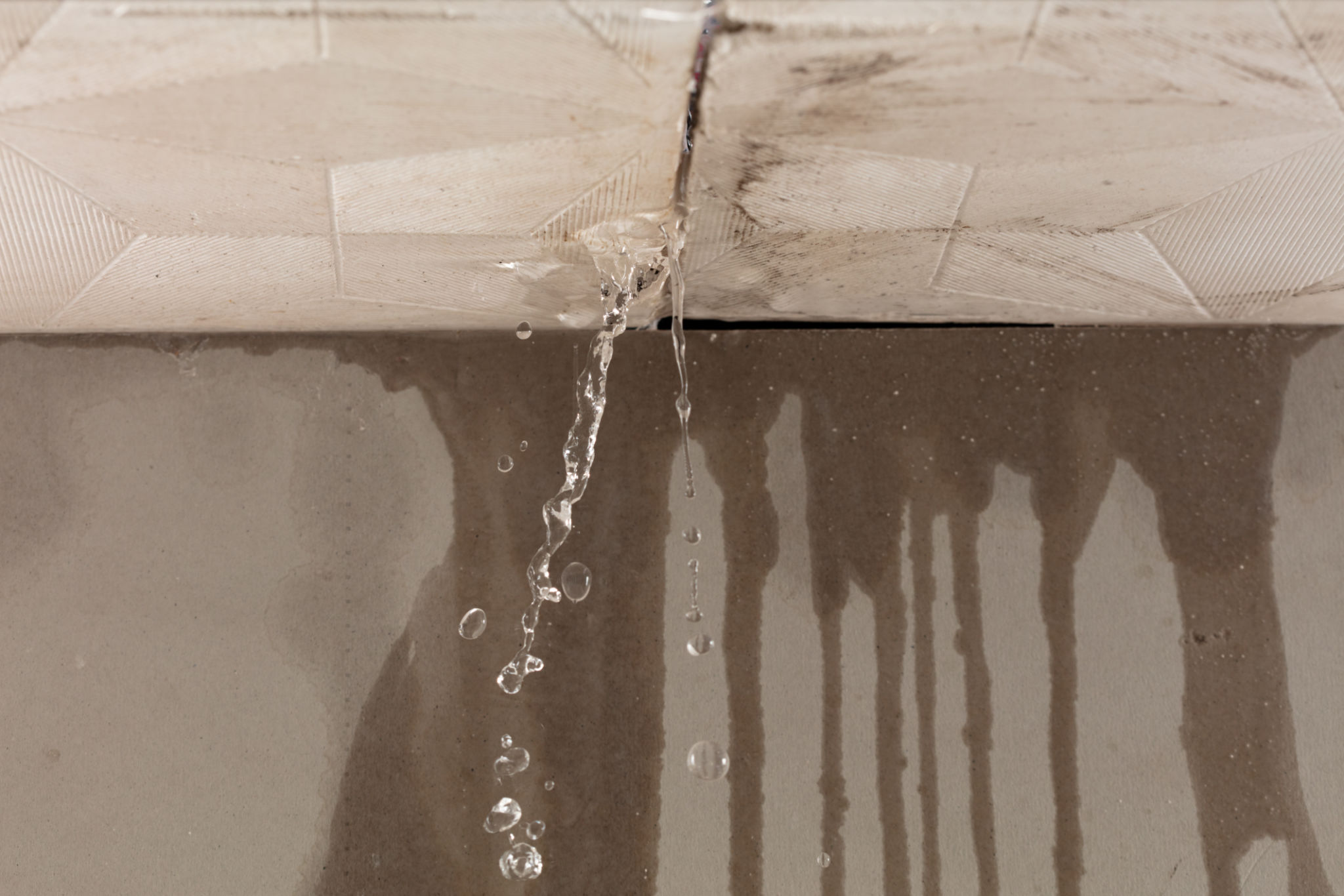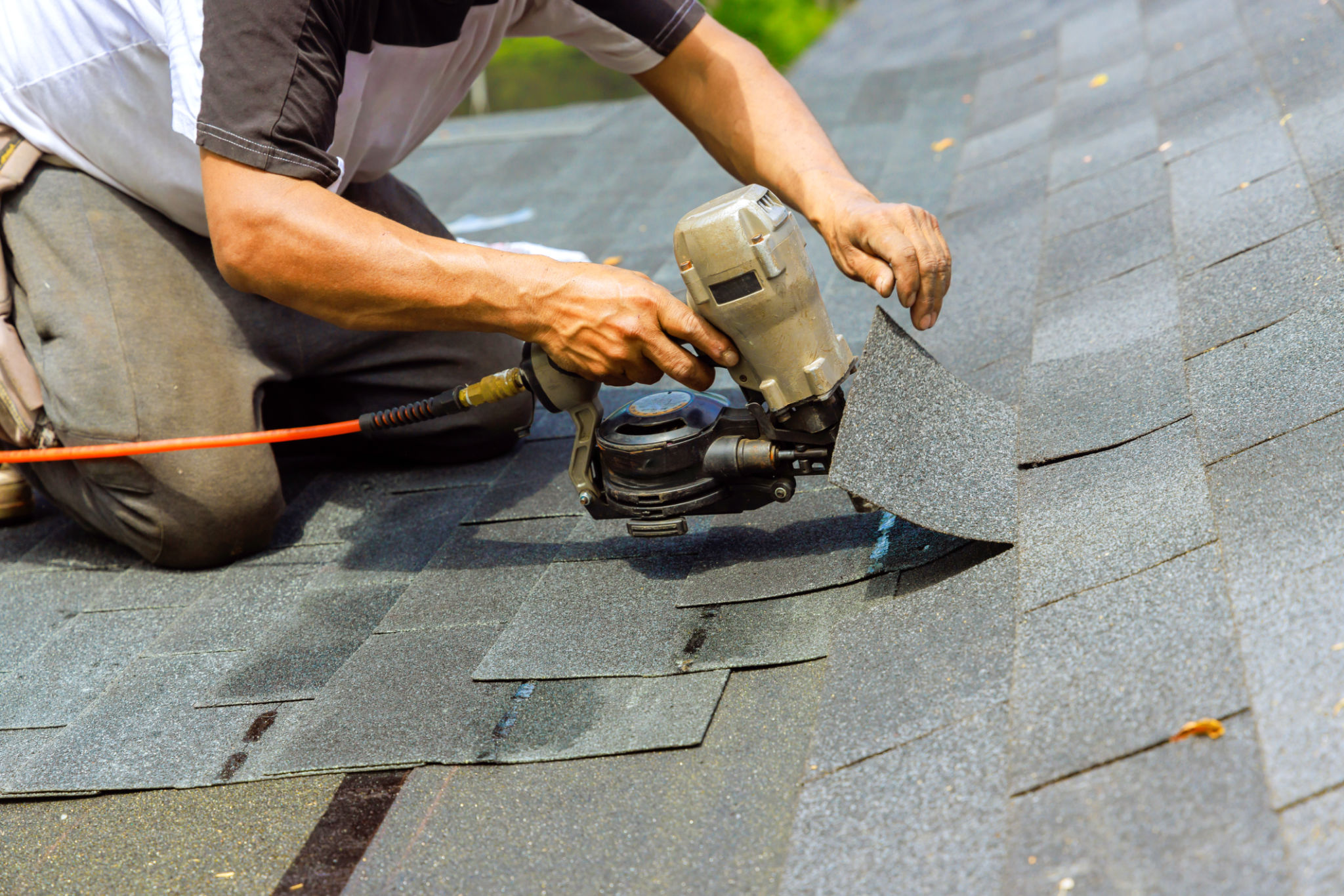DIY Roof Inspection Tips for Homeowners in San Marcos
Understanding the Importance of Regular Roof Inspections
As a homeowner in San Marcos, maintaining the integrity of your roof is crucial to protecting your home from the elements. Regular roof inspections can help identify potential issues before they turn into costly repairs. By conducting a thorough inspection yourself, you can save money and ensure your roof remains in good condition.
While professional inspections are always recommended, there are several steps you can take to inspect your roof safely and effectively. Here are some tips to guide you through this process.

Preparing for Your Roof Inspection
Before you begin, gather the necessary tools to make your inspection as smooth as possible. You will need a sturdy ladder, a pair of binoculars, a notebook, and a camera or smartphone to document any issues you find. It's important to prioritize safety, so never attempt to climb on your roof if it's wet or if you don't feel comfortable doing so.
Consider wearing slip-resistant shoes and enlisting a friend or family member to assist you. They can hold the ladder steady and provide an extra set of eyes during the inspection.
Checking the Exterior of Your Roof
Start your inspection by examining the exterior of your roof from the ground using binoculars. Look for any obvious signs of damage such as missing or damaged shingles, sagging areas, or debris accumulation. Take note of any areas that may require closer inspection.
Once you've completed the ground-level examination, carefully climb your ladder to get a closer look at your roof's surface. Pay attention to the condition of the shingles, flashing around vents and chimneys, and the gutters. Check for signs of wear, such as cracks, curling, or blistering.

Inspecting Your Attic
After inspecting the exterior, it's time to head indoors to examine your attic. This is an essential step in identifying issues such as leaks or poor insulation. Look for water stains on the ceiling and walls, as well as any signs of mold or mildew growth.
Make sure to check the attic's ventilation system. Proper ventilation is key to maintaining a healthy roof and preventing moisture buildup that can lead to significant damage over time.
Documenting and Addressing Findings
As you conduct your inspection, document any concerns with photographs and notes. This will be helpful if you decide to consult a professional roofer for further evaluation or repairs. Be sure to address minor issues promptly to prevent them from escalating into more serious problems.
- Patch small leaks with roofing cement.
- Replace damaged shingles immediately.
- Clear debris from gutters to ensure proper drainage.

When to Call a Professional
While DIY inspections are beneficial, some situations require the expertise of a professional roofer. If you notice significant structural damage, extensive leaks, or if your roof is nearing the end of its lifespan, it's best to consult with a qualified professional in San Marcos.
Professional roofers can provide a comprehensive evaluation and recommend appropriate solutions to ensure your home's safety and longevity.
Conclusion: Keep Your Roof in Top Shape
Regular DIY roof inspections are an excellent way for homeowners in San Marcos to maintain their roofs and prevent costly repairs. By taking proactive steps and addressing issues as they arise, you can extend the life of your roof and protect your home from potential damage. Remember, when in doubt, always seek professional assistance to ensure your roof remains in optimal condition.
